Description
Dried Organic Oyster Mushrooms
Our dried organic oyster mushrooms are small, satiny, blue-hued mushrooms with white stems. They are more solid and flavorful than most other oyster varieties. Generally, they are sweet to the taste, shrink little, and hold their shape and springiness when briefly cooked. Now cultivated commercially all over the world, oyster mushrooms were first grown as an emergency food source in Germany during World War I. Considering that this mushroom was only eaten out of necessity, the Germans could have eaten much worse. Oyster mushrooms are chock-full of nutrients and flavor and are regarded as one of the easiest mushrooms to grow.
Other Names: Hiratake (Japanese for “flat mushroom”), Pleurotus ostreatus
Season: Year-round
Origin: Oregon, USA
Shelf Life: Dried organic oyster mushrooms will retain their flavor for at least a year.
Nutritional Facts: While dried organic oyster mushrooms may have less protein and iron than the oysters of the sea, they also have way less calories, sodium, cholesterol, carbohydrates and fat. Additionally, 100 grams of reconstituted oyster mushrooms are a great source of dietary fiber (9% RDA*), Vitamins B2 (21% RDA) and B3 (25% RDA), and copper, phosphorous and potassium (12% RDA each). Fiber aids with digestion, B Vitamins convert food into energy, copper produces red blood cells, phosphorous helps build strong bones (just like calcium), and potassium lowers blood pressure. With oyster mushrooms in your diet, you’re sure to feel great and be at the top of your game.
Scientific Facts: Oyster mushrooms are often grown on sawdust-based blocks, but they will grow on almost any dried plant matter, including cotton, straw, hemp, paper products, and even used coffee grounds. In the wild, oysters are found growing on dead and decaying trees. This is because they are saprotrophs, meaning they feed off of decaying matter. They’re also well known for their ability to consume both nematodes and bacteria, making them one of the few carnivorous fungi. They’ve even been shown to inhibit E. coli and staph. Their scientific name, Pleurotus ostreatus, has a simple yet descriptive meaning. Pleaurotus, meaning “sideways”, refers to the way their stems grow sideways in relation to their caps, while ostreatus translates to oyster, the sea creature that resembles the shape and flavor of the mushroom’s caps.
Tips: Soak dried organic oyster mushrooms in warm water for up to two hours to reconstitute them. Once any extra water is drained away, they can then be used in the same manner as their fresh counterparts. Blue oyster mushrooms are great for stir-frys, but be sure to cook them gently; they might loose their flavor and appearance if cooked too long. Their thick texture and unique flavor also makes them a perfect stand in for bivalves in any seafood dish.
Click here to learn more about oyster mushrooms.
*Recommended daily amounts are based on a 2,000 calorie per day diet.


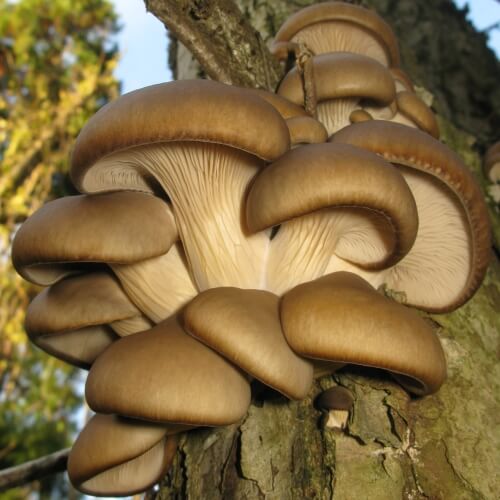
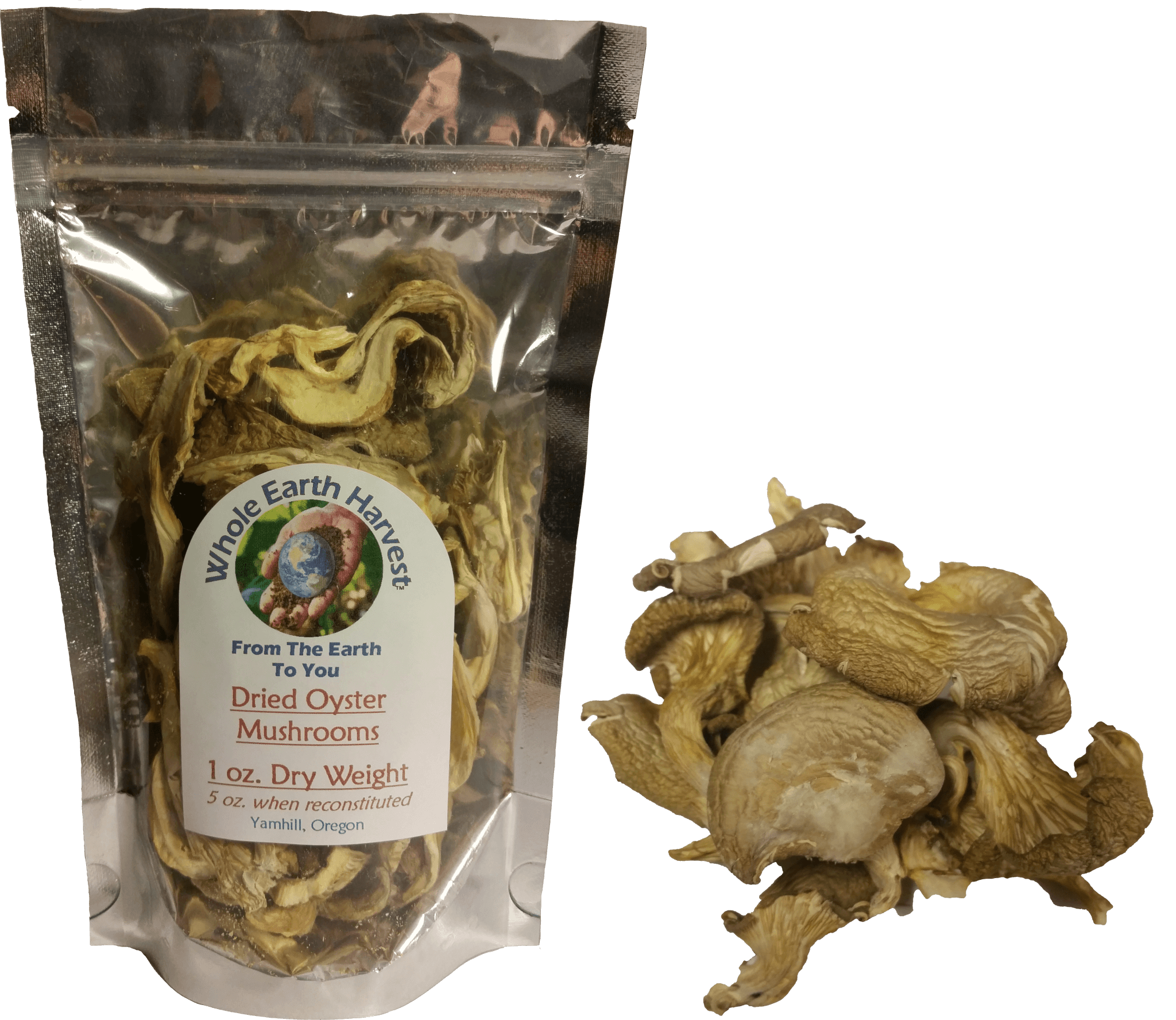
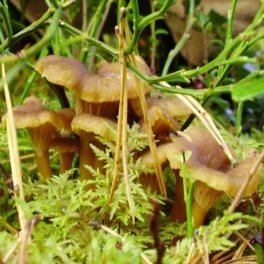
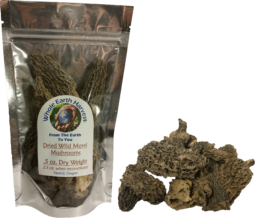
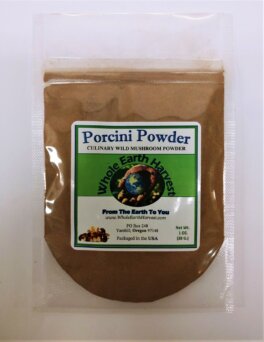
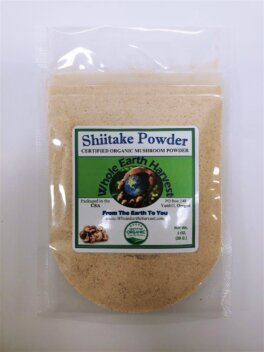
Reviews
There are no reviews yet.